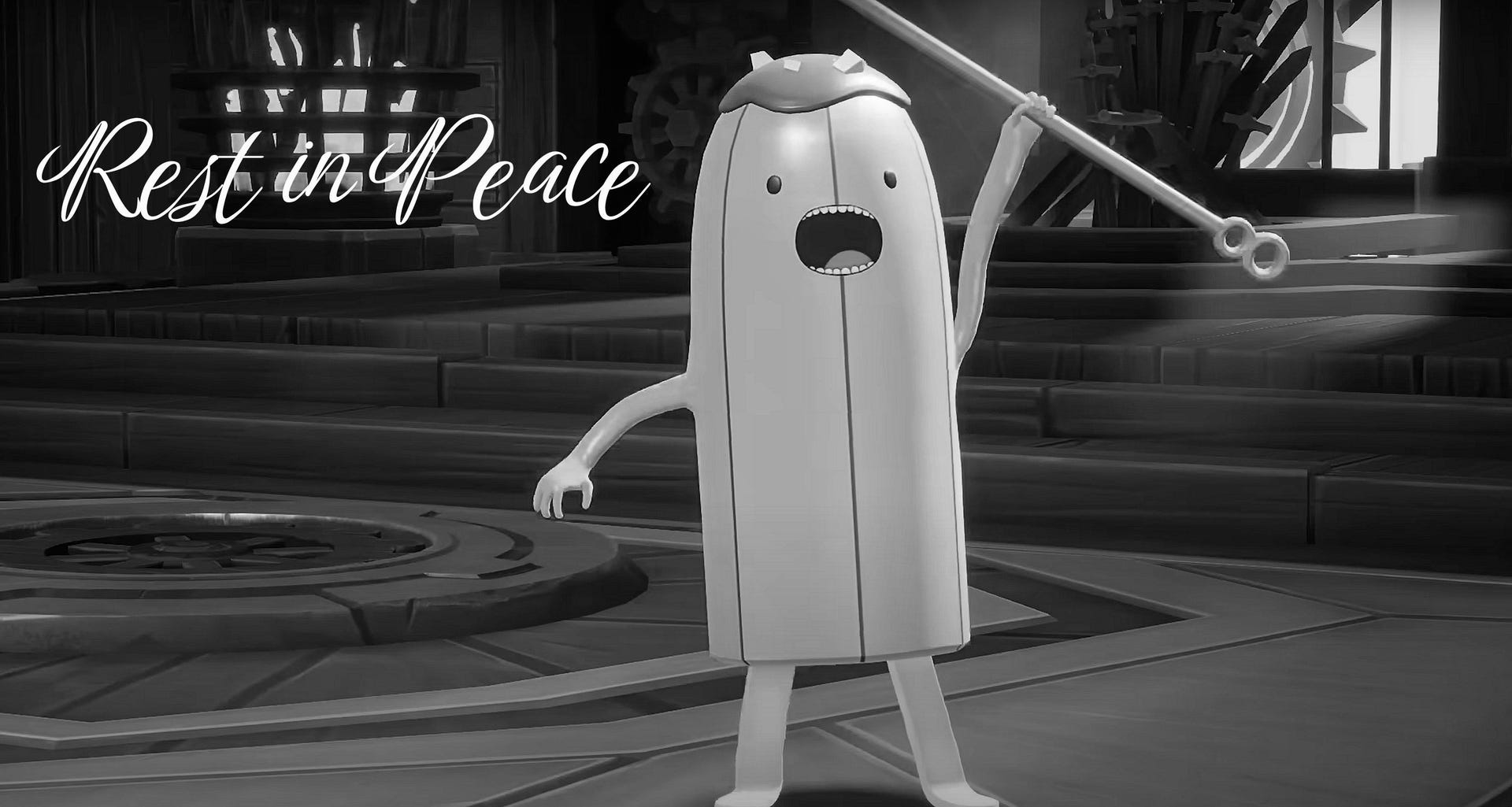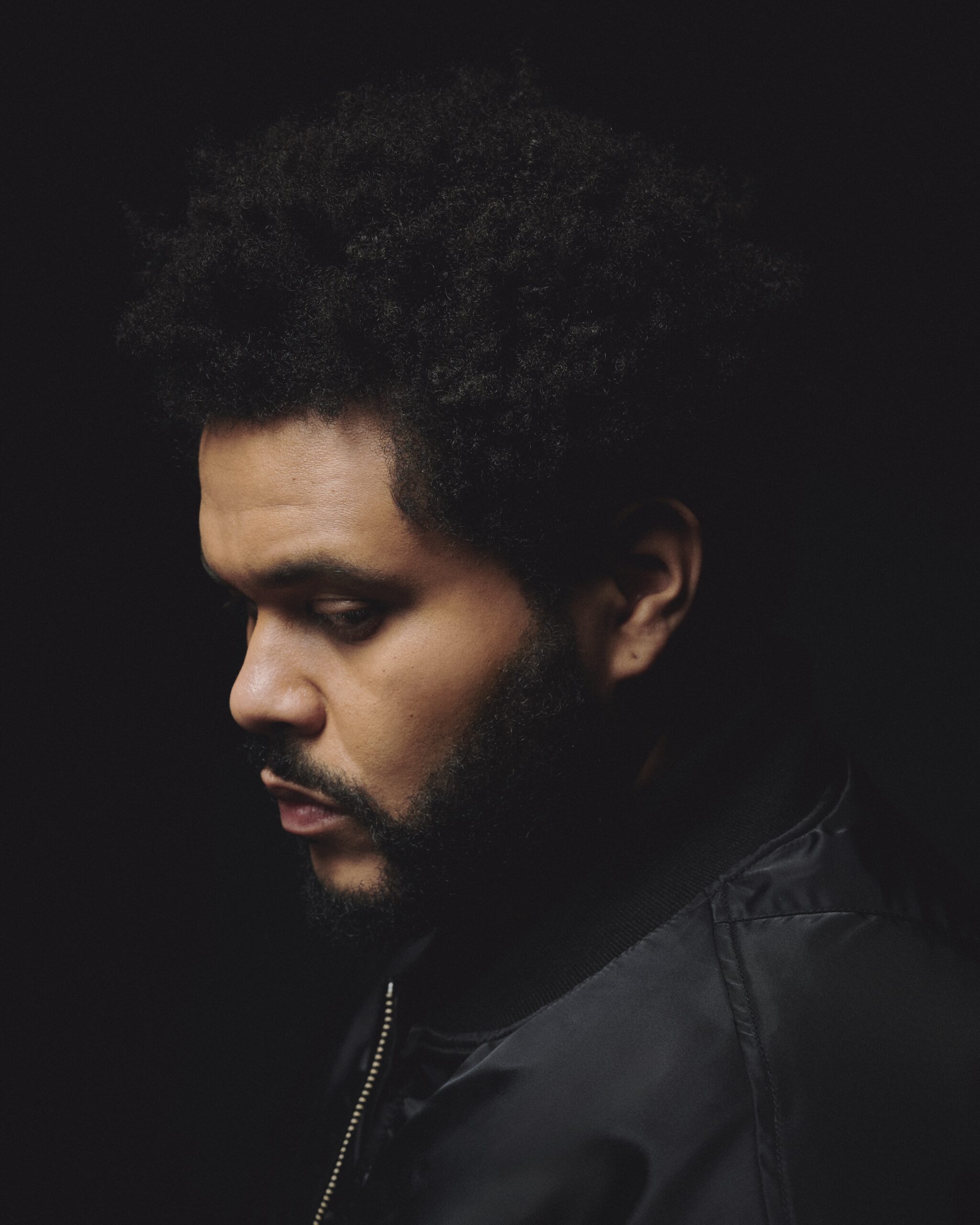Run D.M.C. Albums, Ranked
Joseph “Run” Simmons, Darryl “DMC” McDaniels, and Jason “Jam Master Jay” Mizell formed Run-DMC in 1983 after becoming friends as teenagers in Hollis, Queens. In a matter of months, they were on their way to becoming hip-hop’s top group and eventually the first rap act to go platinum and get heavy rotation on MTV, and […]
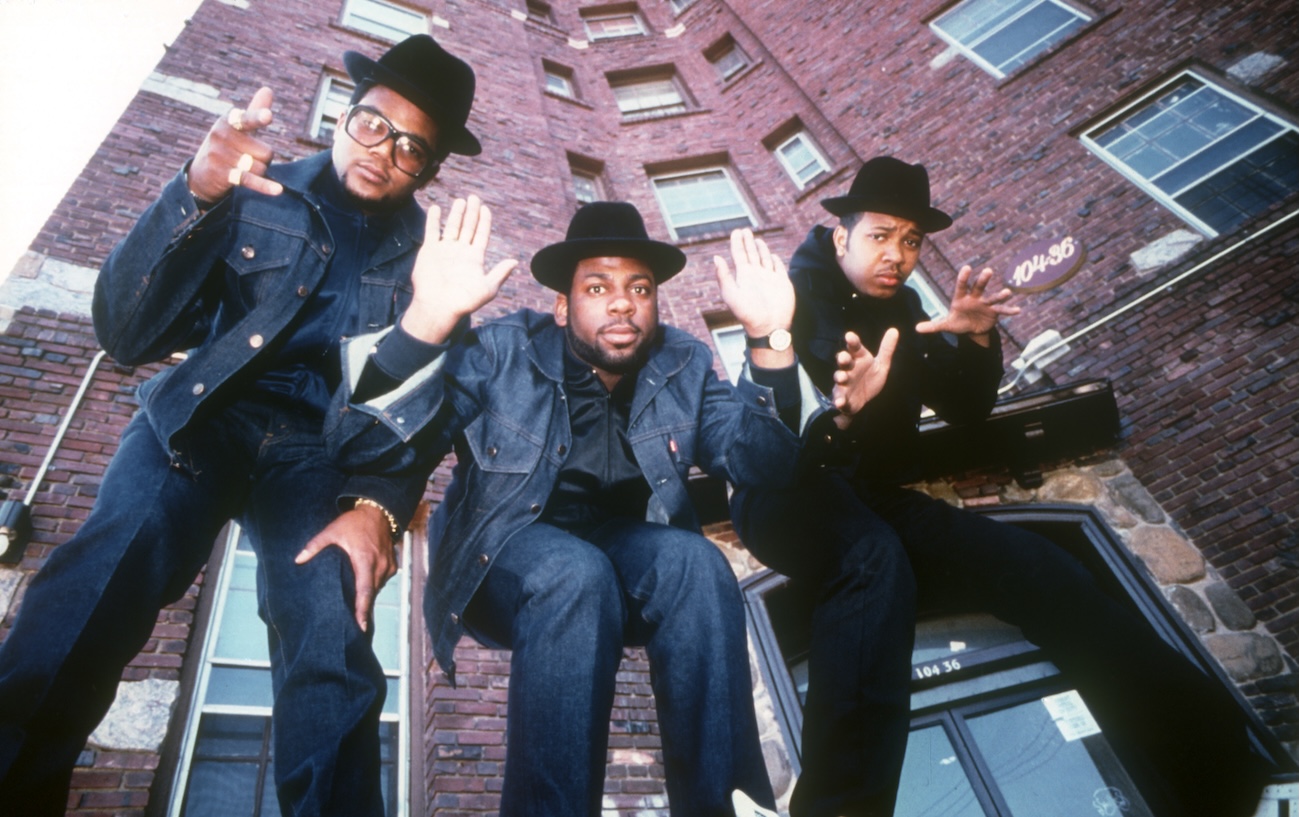

Joseph “Run” Simmons, Darryl “DMC” McDaniels, and Jason “Jam Master Jay” Mizell formed Run-DMC in 1983 after becoming friends as teenagers in Hollis, Queens. In a matter of months, they were on their way to becoming hip-hop’s top group and eventually the first rap act to go platinum and get heavy rotation on MTV, and the only rappers to perform at Live Aid.
With their Kangol hats, unlaced Adidas, and leather jackets, Run-DMC redefined the look as well as the sound of hip-hop at the end of the disco era, ushering in harsh drum machine beats, staccato cadences, and occasional explosions of hard rock guitar. After Run-DMC had recorded seven albums together, tragedy struck when Jam Master Jay was murdered in 2002. Run and DMC performed together one last time in 2023 at the Hip-Hop 50 Live celebration at Yankee Stadium.
More from Spin:
- Springsteen Center To Honor Smokey Robinson, Tom Morello
- Alabama Shakes Reuniting At Minnesota Yacht Club Fest
- Release Roundup: Sleigh Bells, SASAMI/Clairo, Phil Cook
Run-DMC’s classic sophomore album King of Rock was released 40 years ago on January 21, 1985. Where does it rank in the trio’s formidable catalog?
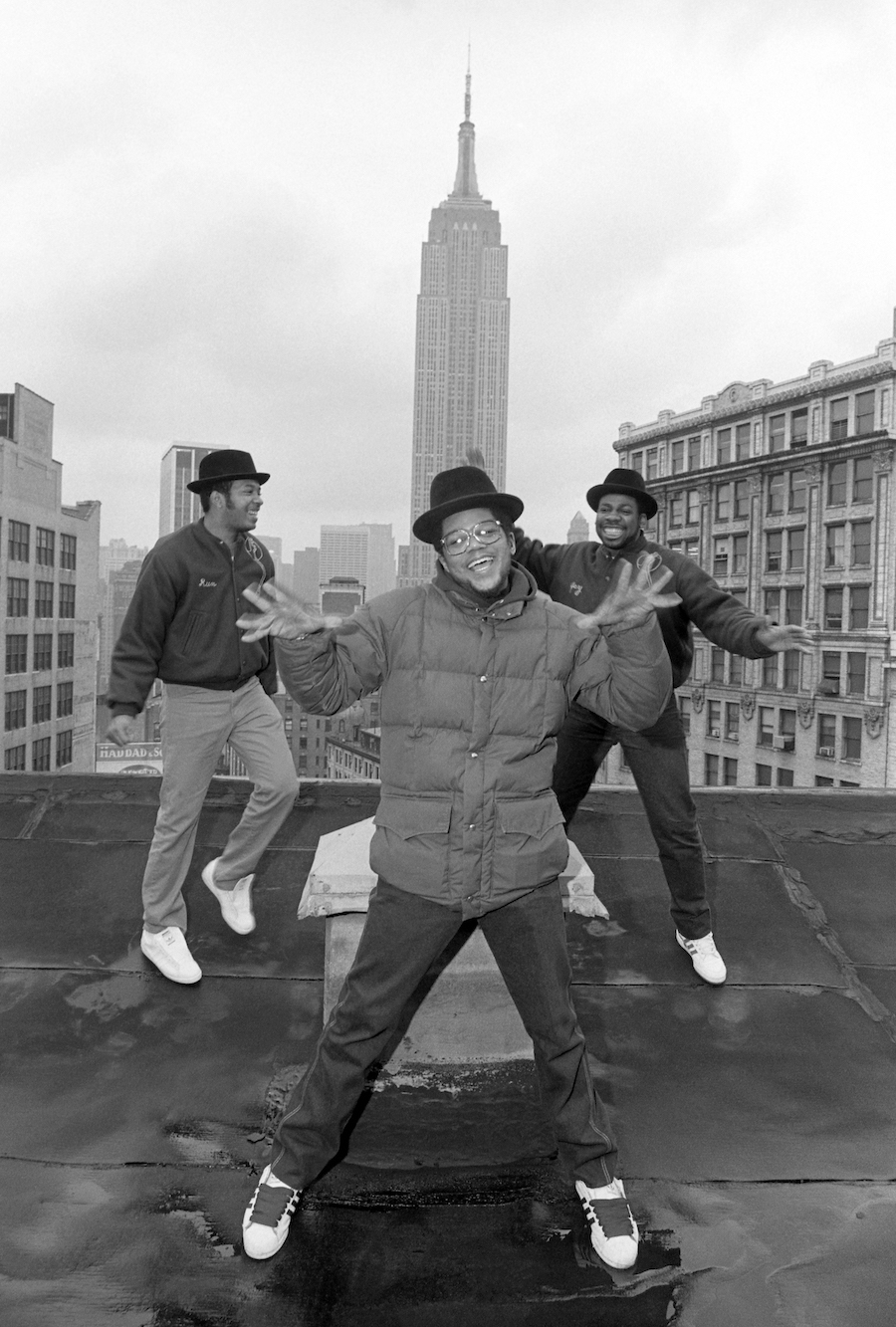
7. Crown Royal (2001)
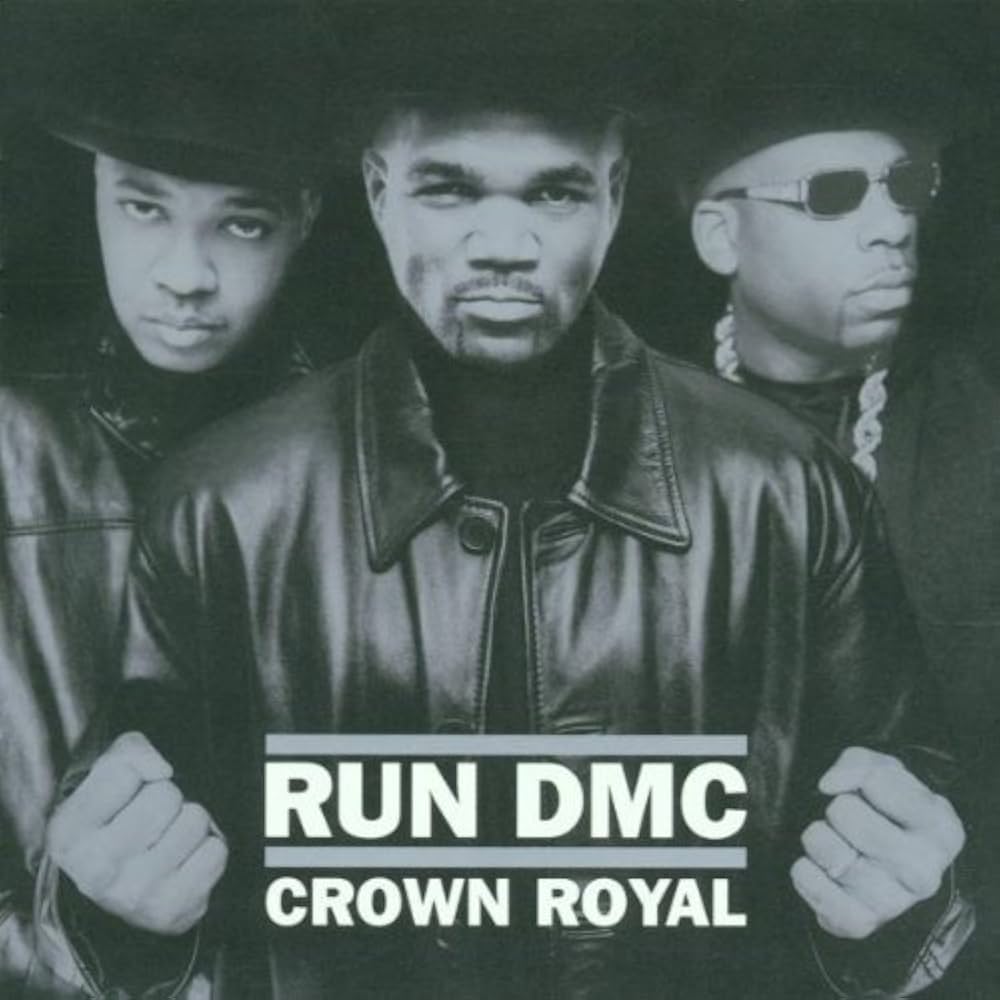
DMC stands in the center of the group photo on the cover of Crown Royal, looking commanding and powerful with his fists raised. It’s a little misleading given that DMC, who was experiencing problems with his voice and had been diagnosed with spasmodic dysphonia, only appears on three tracks on the album. Crown Royal is still a celebration of the group’s legacy, with Run continually running down their accomplishments with the word “we,” but you can’t help but miss his partner in rhyme. The fusion of hip-hop and rock that Run-DMC originated had become a massive commercial force by the early 2000s, and you can’t fault the group for taking advantage of that by collaborating heavily with rap rock superstars, but the songs with Fred Durst and Kid Rock aren’t exactly masterpieces.
6. Back From Hell (1990)
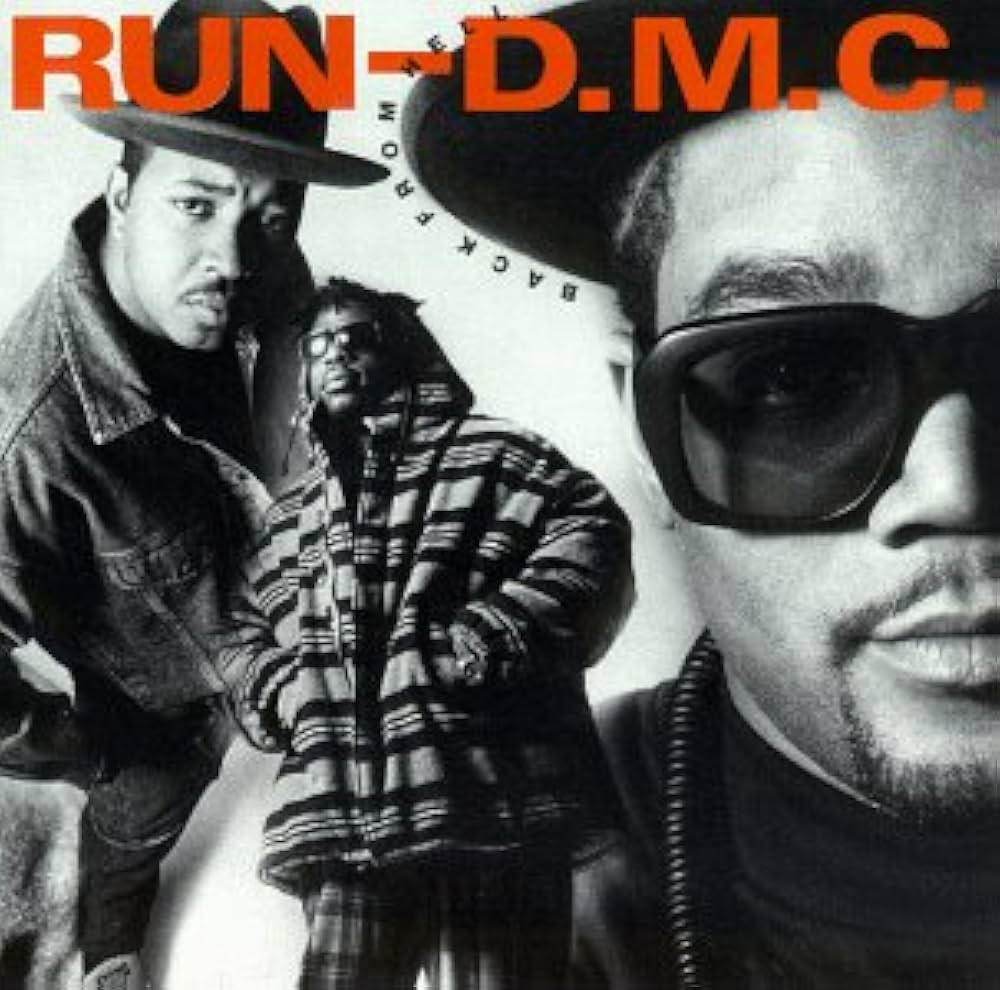
Jam Master Jay made his debut as a rapper on three songs on Back From Hell, and his voice and flow were strong enough for him to hang with the rest of the group on the singles “Pause” and “Faces.” Unfortunately, the ’80s legends were floundering in the early ’90s, and it sounds like Run-DMC were torn between chasing radio trends with new jack swing beats or bolstering their street cred with grittier lyrics. Back From Hell debuted at No. 81 on the Billboard 200 after their two previous albums were Top Ten hits. “They seem a little out of character on the R&B flavored cuts,” Disco wrote in The Source’s review of Back From Hell.
5. Down with the King (1993)
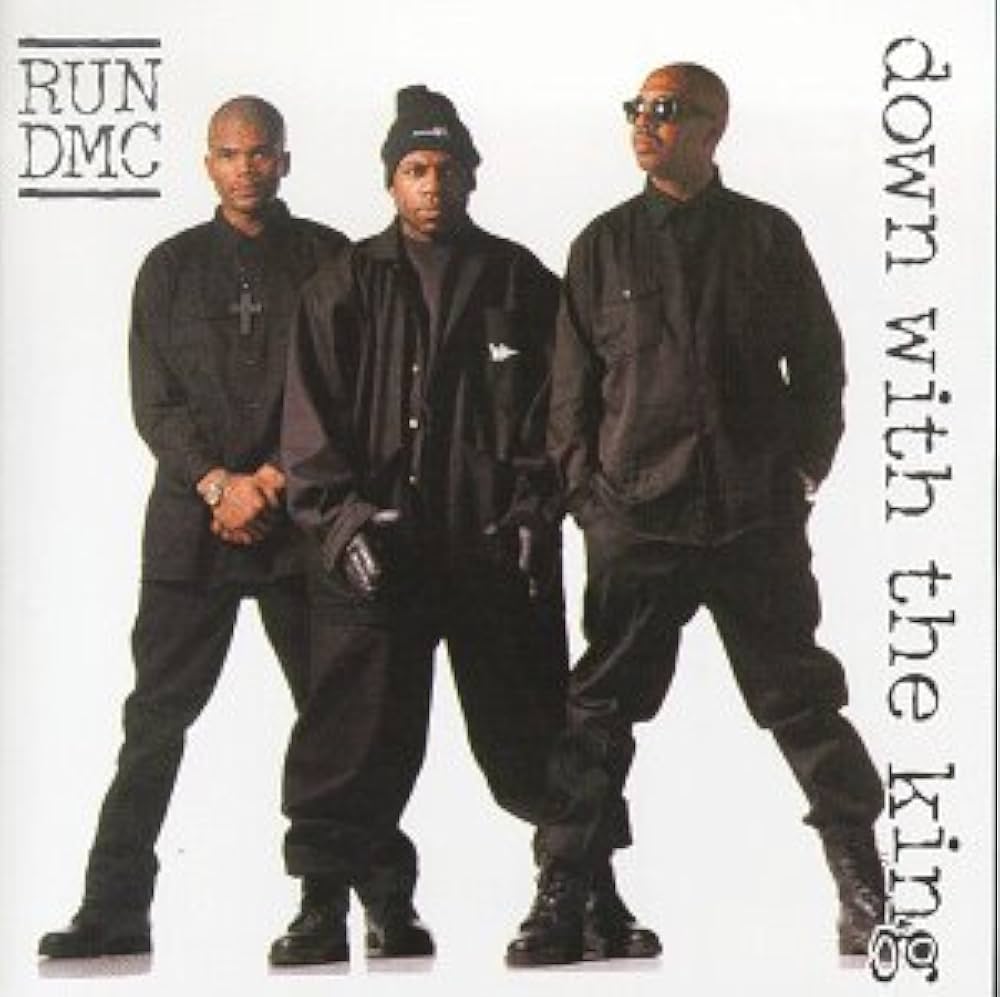
After the failure of Back From Hell, Run-DMC needed a win, and they got it with a little bit of help. Down with the King’s title track featuring Pete Rock and CL Smooth became Run-DMC’s first Top 40 single in six years. Q-Tip, EPMD, and Jam Master Jay’s fast rising proteges Onyx also show up on the album to help modernize the Run-DMC sound. These days, it’s predictable and often awkward when an aging hip-hop act fills their new album with features from younger stars. Down with the King was really the first time that had happened, though, and you get the sense that everyone involved was honored to work with Run-DMC and rose to the occasion.
4. Tougher Than Leather (1988)
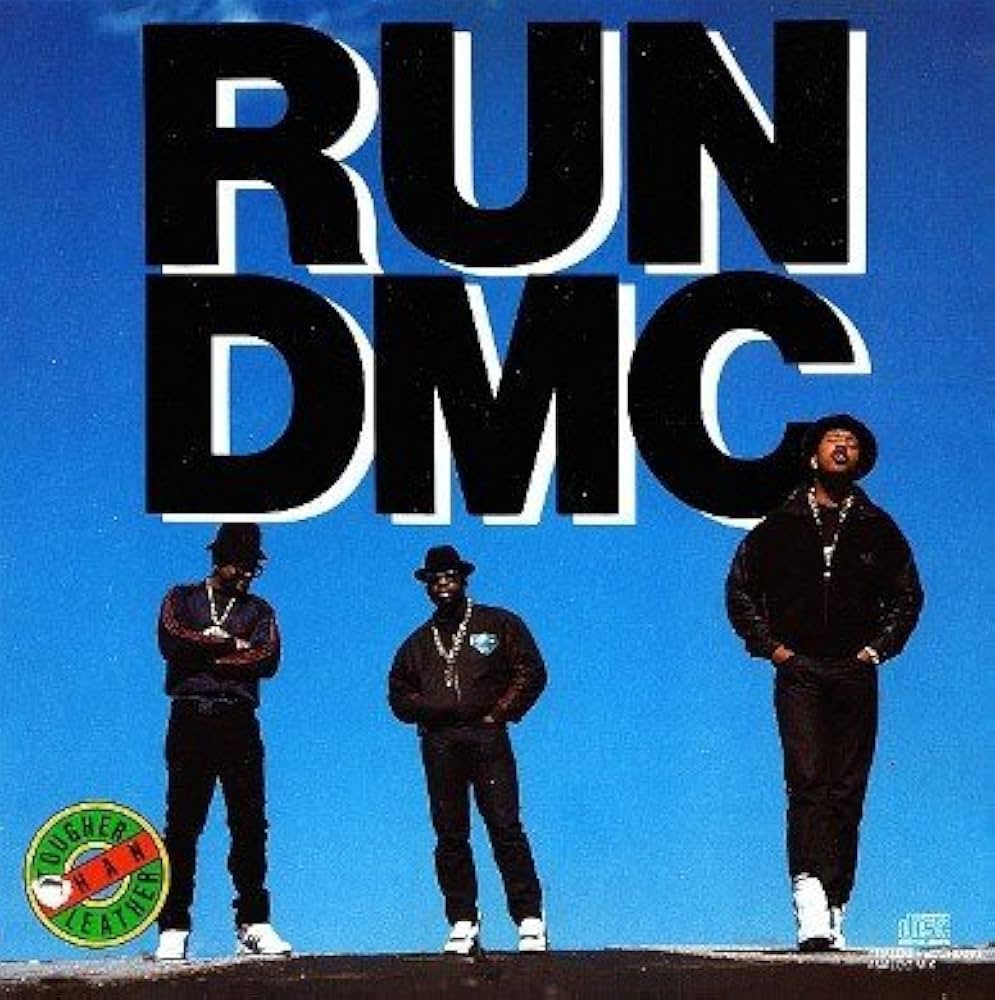
Run-DMC played themselves in the Rick Rubin-directed film Tougher Than Leather, a box office bomb that seemed to confirm that the group’s best days were behind them. The album of the same name is sharply divided between some of the best music Run-DMC ever made and some of the worst. Run and DMC both rhyme in faster cadences over some of Jam Master Jay’s hardest beats on “I’m Not Going Out Like That” and the incredible “Beats to the Rhyme,” but “Ragtime” and the Monkees-sampling “Mary, Mary” are hopelessly cheesy.
3. King of Rock (1985)
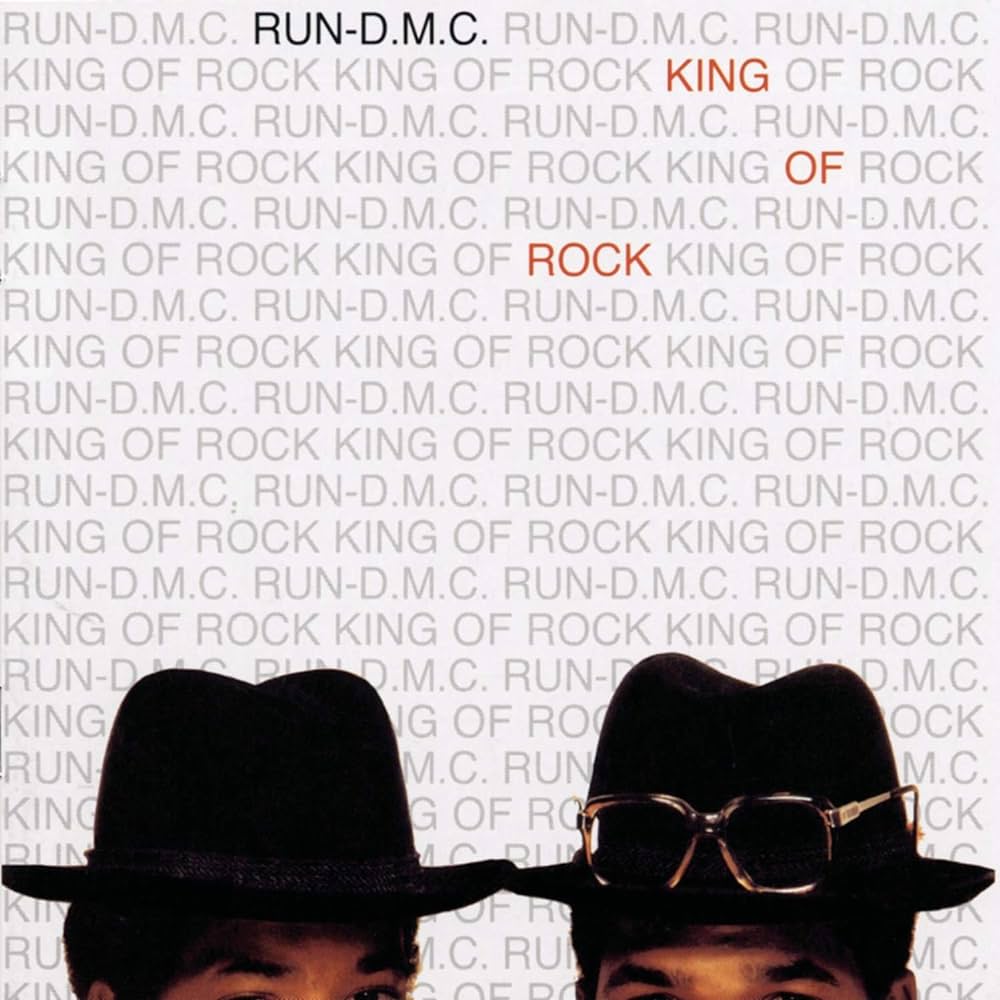
Producer Larry Smith was early Run-DMC’s secret weapon, and his incredible versatility allowed him to craft a hard and bombastic sound for the Queens trio and a smoother aesthetic for their Brooklyn rivals Whodini. Emboldened by MTV’s embrace of “Rock Box,” Smith and Run-DMC doubled down on guitars for their second album, and King of Rock’s title track made them even bigger stars. Run-DMC keep an eye out for conquering more genres on King of Rock, but the Yellowman collaboration “Roots, Rap, Reggae” is a tentative early stab at a fusion that other artists would do better later.
2. Raising Hell (1986)
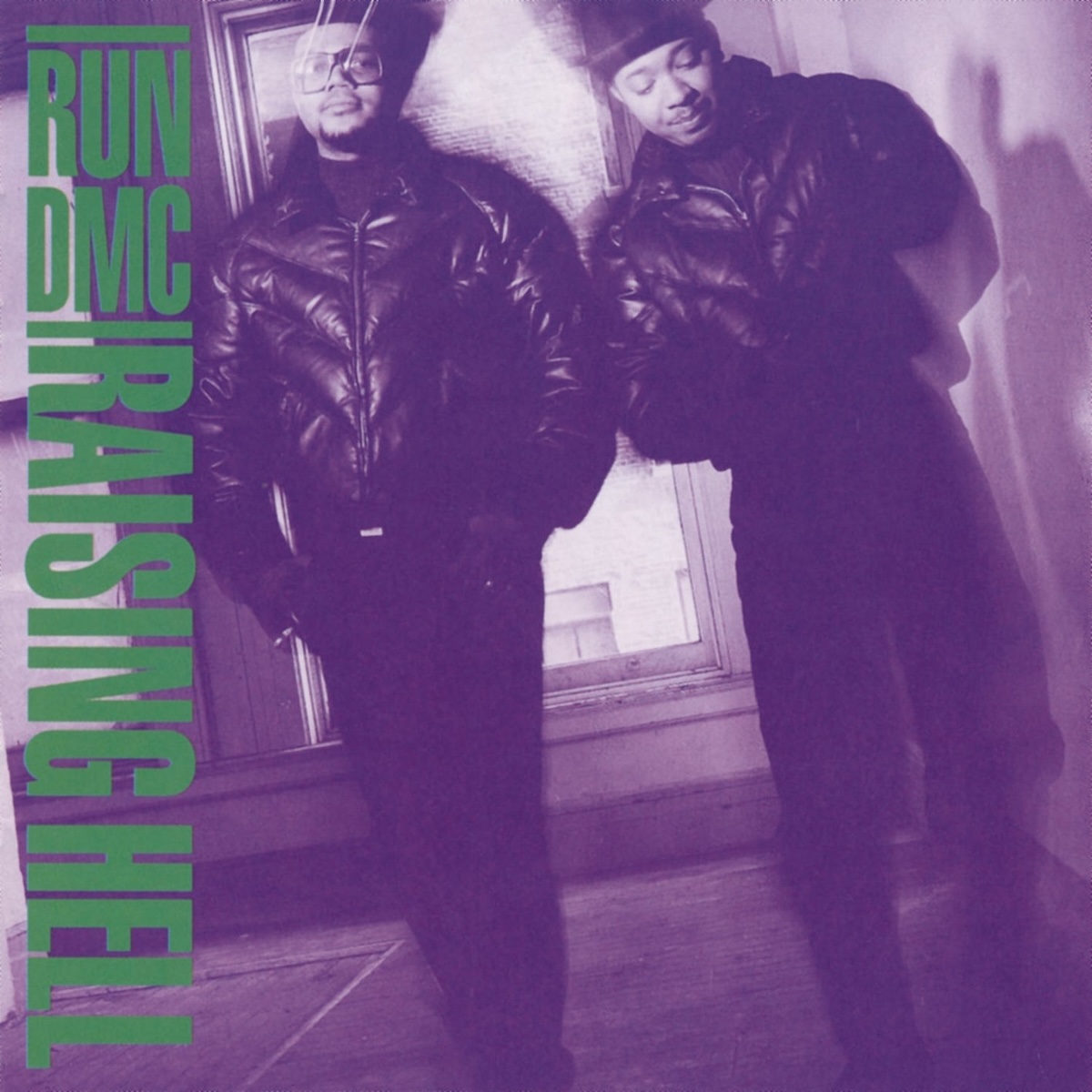
Raising Hell was a game changer in every sense. The first rap album to go platinum, and then the first rap album to go multiplatinum, was driven by the group’s historic collaboration with Aerosmith on a remake of their 1975 classic that helped return the Boston hard rock band to the pop charts. “My Adidas” led to the shoe company signing Run-DMC to the first million-dollar endorsement deal in rap history. “It’s Tricky” has slowly come around to being one of the group’s most popular songs in the 21st century, and even the album’s silliest deep cut “Dumb Girl” has been sampled in hits by E-40 and Jay-Z. I interviewed DMC for SPIN in 2022, and he told me that Raising Hell was his favorite Run-DMC album: “I think Raising Hell was just a complete presentation of what to do if you wanna do a hip-hop album.”
1. Run-D.M.C. (1984)
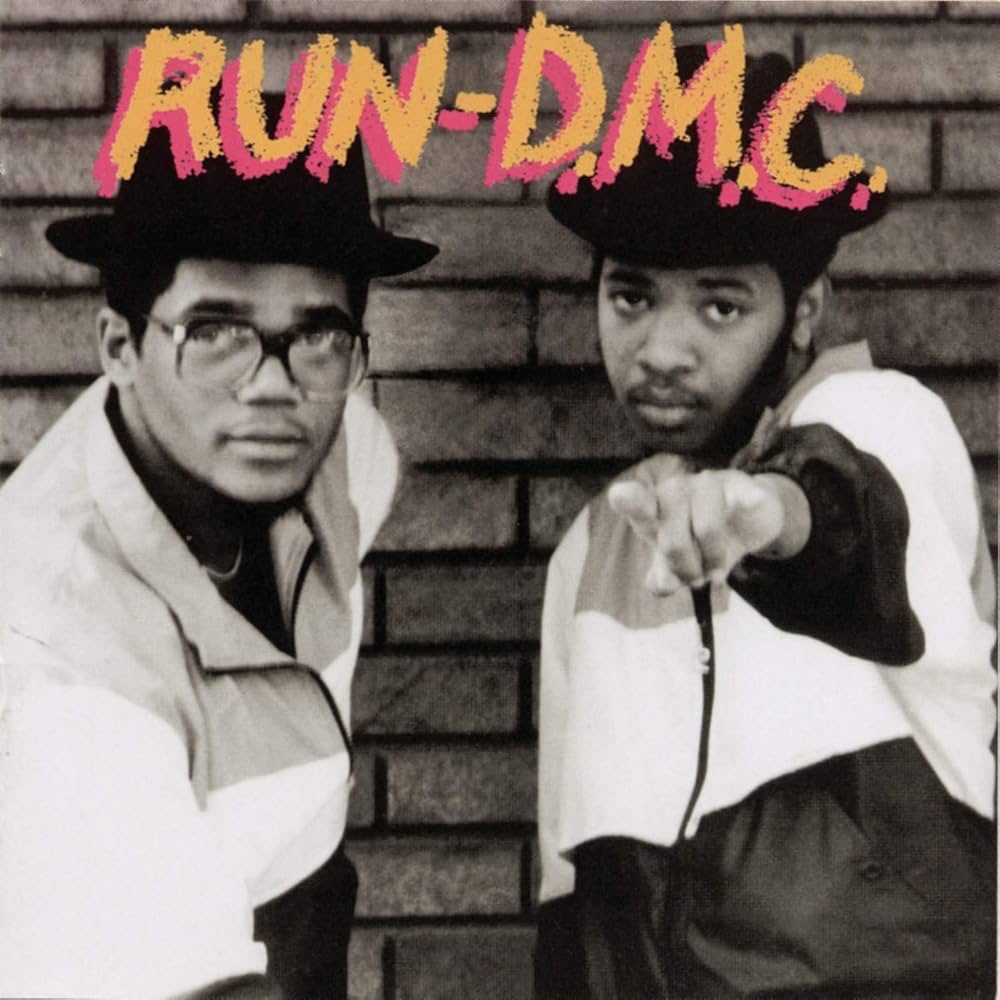
Moving on from the disco-friendly Sugar Hill Records era with the stark minimalism of Larry Smith’s Oberheim DMX beats, Run-DMC’s 1983 debut single “It’s Like That” b/w “Sucker M.C.’s” was a pivotal moment for hip-hop. The following year, the group did something that arguably none of their predecessors had and translated the energy of that 12-inch into a 40-minute full-length album. “Hard Times” and “Wake Up” feel like relatively simple gestures towards more sophisticated socially conscious rap that would develop in the years ahead, while “Rock Box” was the electrifying one-off that turned into the template for most of the group’s future triumphs. “It’s easily the canniest and most formally sustained rap album ever, a tour de force I trust will be studied by all manner of creative downtowners,” Robert Christgau wrote in the Village Voice review of Run-D.M.C.
To see our running list of the top 100 greatest rock stars of all time, click here.










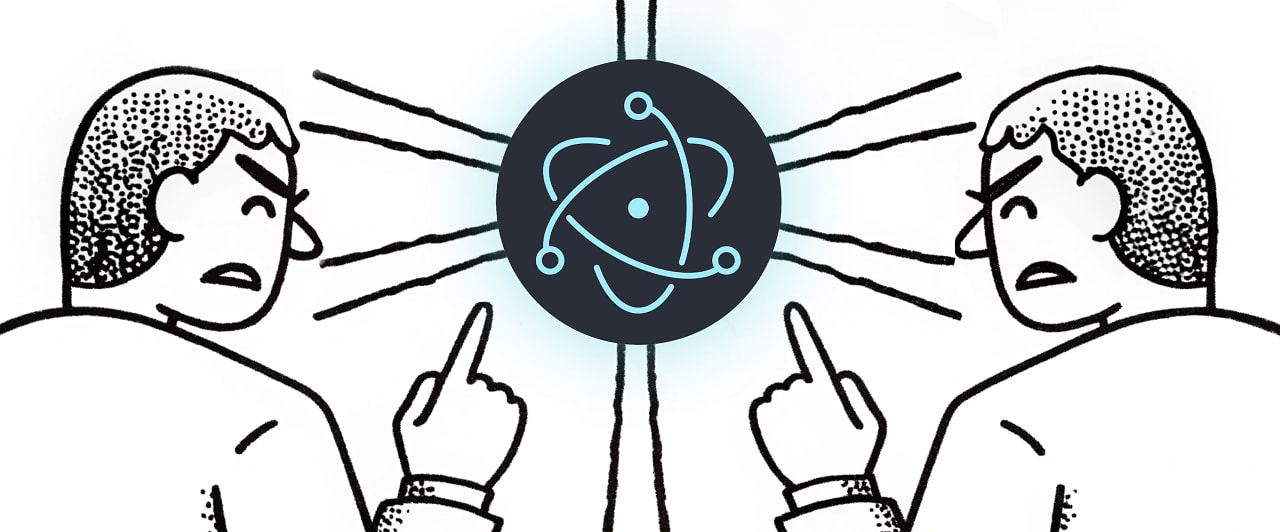


![From Gas Station to Google with Self-Taught Cloud Engineer Rishab Kumar [Podcast #158]](https://cdn.hashnode.com/res/hashnode/image/upload/v1738339892695/6b303b0a-c99c-4074-b4bd-104f98252c0c.png?#)









